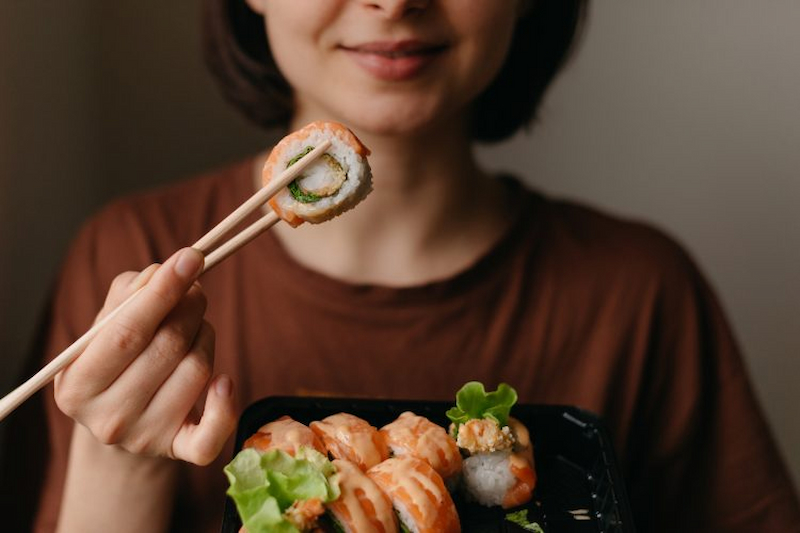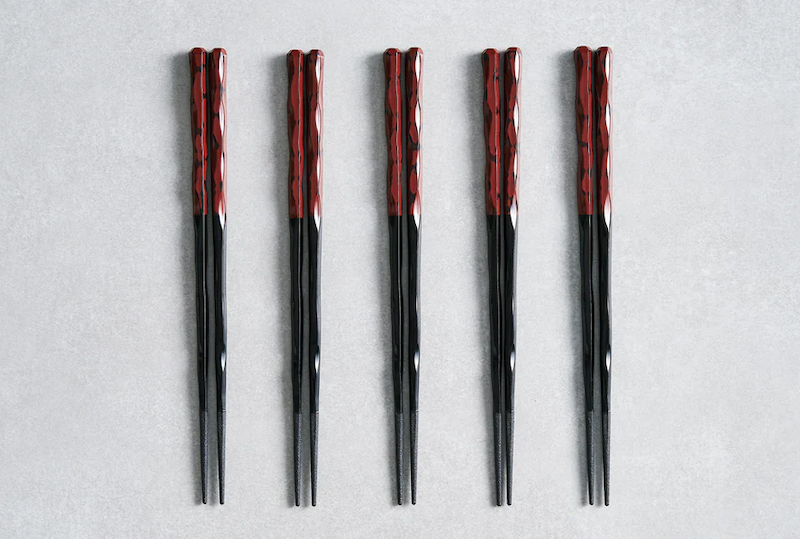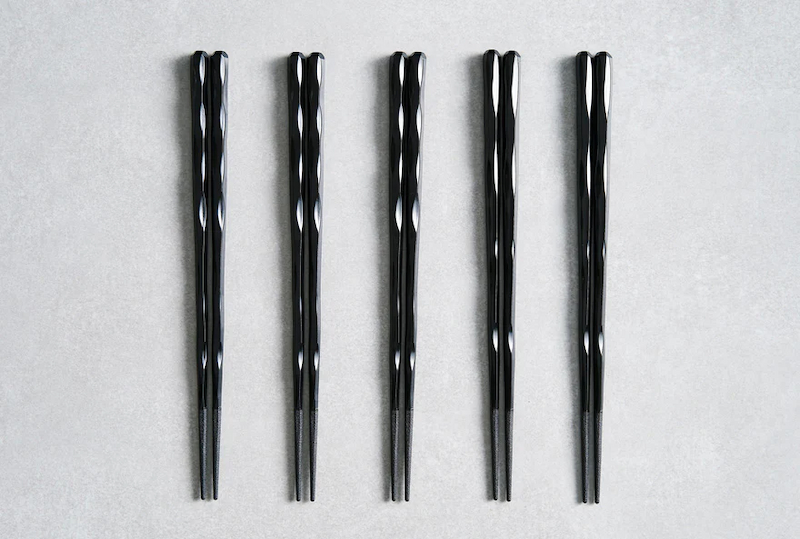Chopsticks aren’t something new, unknown and uncommon thing in the world. In fact, they’re quite popular and are traditionally associated with Asian cuisine whether it’s Japanese, Chinese, Vietnamese, Korean or Thai. They’re the only type of ‘utensils’ in the cutlery drawer in homes and also in pubs and restaurants. They basically are a pair of two sticks designed to be held together between the thumb and fingers.
Chopsticks Etiquette in Different Countries

These types of utensils are a highly important factor in Asian cultures, however, you should know that they may vary from country to country and from one person to another. That being said, there are different chopstick etiquette in different countries, so understanding them is important, especially when visiting one of these countries.
China
In China, it’s poor etiquette to spear your food with chopsticks, to dig around your food with them in order to find a particular piece of food, to tap the chopsticks on the bowl and for kids to hold them wrong. It’s simply unacceptable.
Japan
In Japan it’s poor etiquette to cross the chopsticks on the table, to stick them vertically in rice and to give food with them to another person.
Taiwan
In Taiwan, it’s impolite to bite on your chopsticks, to let them linger in your mouth, to use them on a soup bowl and to place them on the table.
Vietnam
In Vietnam, it’s not okay to place them in the shape of V once finished eating. You shouldn’t also use them to pick up food from the table or to place them in your mouth when you haven’t chosen a food yet.
North and South Korea
In these two countries, it’s not polite to pick up chopsticks before your elders and use them to eat rice. When eating rice in North Korea and South Korea, you should use spoons.
Different Types of Chopsticks

These types of utensils is that they come in a set of two or more pieces which gives you ample choice. The thing you might not know though is that chopstick sets come in different styles and types and can be crafted from different materials. Generally, they can be made from bamboo or any wood and plastic materials like laminated wood and resin. All of them are food and dishwasher safe meaning that you won’t have to worry about them leaching chemicals and toxins when in contact with saliva or water. They also won’t break or spoil in any kind when you wash and clean them with soap and water. In case you aren’t sure that you want to use wooden chopsticks on a daily basis, you can always stick to the safest option resin.
Chopsticks with Wide Ends
These types of utensils usually have wider and blunder ends which make it easier to pick food especially, rice, noodles and sushi rolls. They are mainly used in China, however, they are also the most common type used around the world because not everyone is a pro.
Tapered Chopsticks with Pointed Ends
They create a narrow point so you can easily use them to pick up scales, fish bones and some other small types of food. They are mainly used in Japan.
Dual-Purpose Chopsticks
These types of utensils aren’t native to the Asian culture. Instead, they were created by Western influence and include one end with a traditional point and the other end comes in the shape of a spoon or a fork.
Chopsticks with Twisted Contours
They provide a more secure grip and prevent slipping. Usually have grooved rings around the tip for easily picking up a more delicate food.
Some Interesting Facts

Just like different countries have different chopstick etiquettes, they also have different types of chopsticks. So, the next time in the search for the right set, make sure to consider these things as well. Who knows, you might use them one day when travelling the world along with the aforementioned etiquette in the different cultures. Both of these things can help you stay up-to-date with the country’s culture.
In China, these utensils are longer and thicker than in some other countries. They’re usually 25 cm long, have tapered and wider ends and a circular shape. Eating food with them is easier, so you should certainly take them into account when looking through the many chopstick sets in order to find the one that best meets your personal preferences.
In Japan, the chopsticks are shorter and taper down to pointed ends and they usually have a lacquer finish. The most interesting thing about the Japanese culture is that in many places, shorter chopsticks are offered to women and longer are given to men.
In Vietnam, the chopsticks are similar to the ones in China. Usually, they’re made from lacquered wood or bamboo.
In Nepal, they are made from bamboo and are quite short.